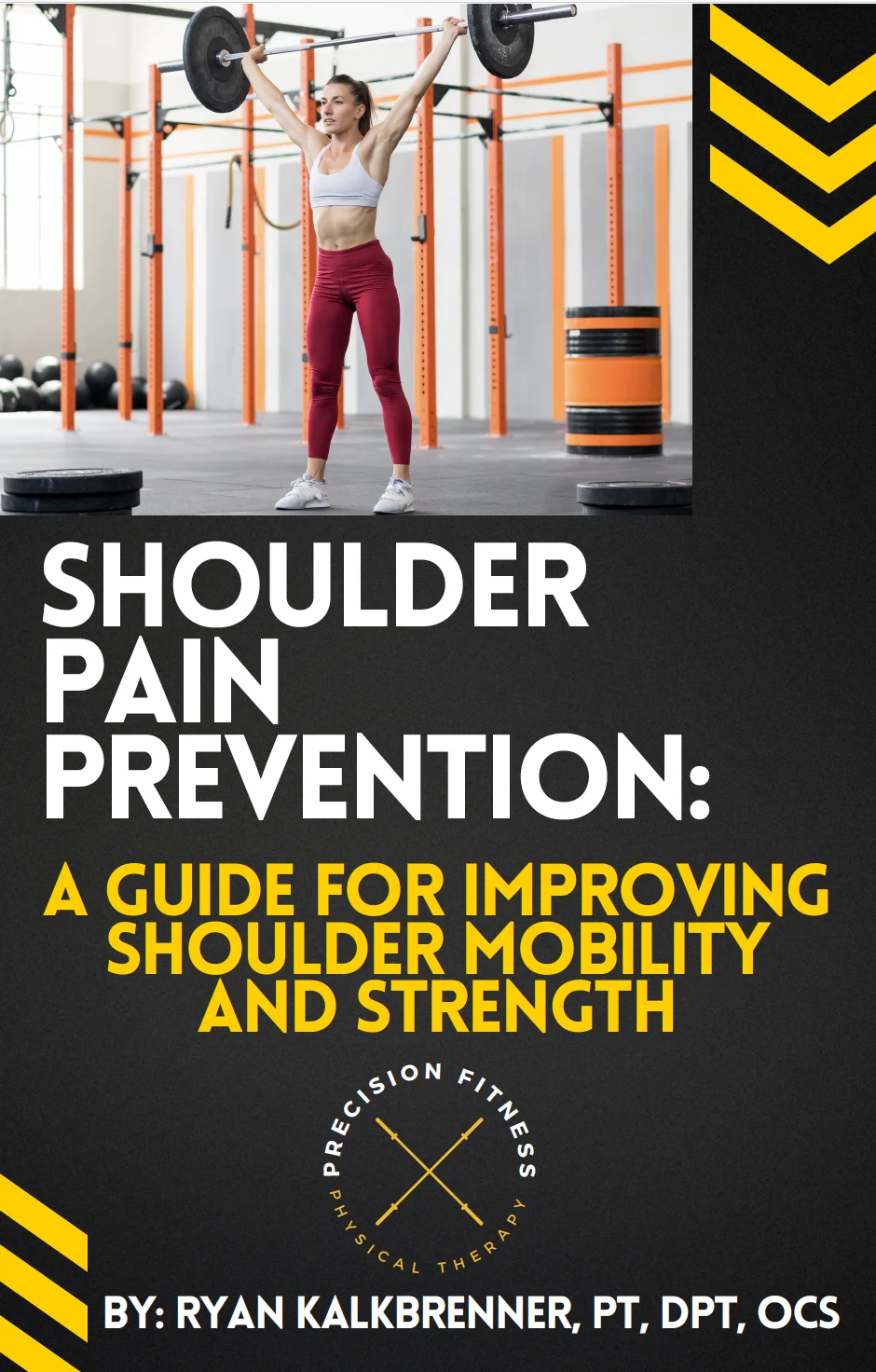
Self Testing For Knee Pain - When to seek help?
Knee Pain When Exercising: How To Self Test & When to Get Help
With warmer spring weather comes more outdoor walking, hiking, running and overall exercise in general! Unfortunately, it also means more complaints of knee pain… which is one of the most common complaints among active adults. Whether it’s a dull ache during squats or sharp pain with jumping, understanding why it happens and how to address it can keep you training safely and pain-free.
When Knee Pain Needs to Be Checked Out
Not all knee pain means you need to stop training, but there are key warning signs that something more serious may be going on. If you experience any of these, it’s time to seek help:
🚨 Red Flags for Knee Injury:
Swelling around the knee that doesn’t subside.
Pain when fully straightening or bending your knee.
Instability—if your knee feels like it’s giving way.
Clicking/Locking - painful clicking or locking of your knee.
Pain that lasts longer than a month without improving, or pain that returns after taking time off/resting when you resume activity.
Ignoring knee pain and continuing to push through can lead to chronic issues and movement compensations that cause pain elsewhere in the body.
The Hidden Causes of Knee Pain: It’s Not Just the Knee
Your knee is more than just a hinge joint—it also has a small but important rotational component that allows for smoother movement when fully extending and bending. When this rotation is restricted, mobility issues and pain can develop. However, the most common culprit is above (hip) or below (ankle).What do I mean by this?
🦶 Ankle Mobility Matters
Limited ankle dorsiflexion (your ability to bring your shin forward over your foot) can put excess stress on the knee, especially in movements like squats and lunges. If your ankles don’t move well, your knees will compensate by rotating inward/collapsing during a squat.
🏋️ Hip Strength & Mobility
🔹 If your hips lack mobility, it can limit your depth in squats and lunges, forcing compensations that stress the knee.
🔹 Poor hip mobility can also alter walking patterns, placing abnormal forces through the knee with every step.
🔹Poor stability or strength in your hips can also lead to more stresses on the knee and lack of control during squatting, lunging, running, etc.
By addressing ankle mobility, hip strength, and hip mobility, you can often reduce knee pain without even touching the knee itself.
How to Assess Your Knee Function
*Disclaimer: This is not medical advice. Try these tests at your own risk.
Extension Test Against the Wall:
Sit on the floor with your back against a wall and your legs straight out in front of you.Try to press the back of your knee fully into the floor.
If there’s a gap under your knee or pain when doing this, you may have mobility restrictions that need attention.
Kneeling Test:
Sit back onto your heels with your knees fully bent.
If you feel pain, pinching, or stiffness, you may have a knee mobility limitation.
Rotation Test (Seated Tibial Rotation Test):
Sit with both feet flat on the ground and place two fists between your knees to keep them stable.
Keeping your toes on the ground, rotate one foot inward as far as possible, then repeat on the other side.
❌ If one side feels more restricted than the other, this could indicate a lack of knee rotational mobility, which can contribute to stiffness and pain.
Pistol Squat Test (Single-Leg Squat to Box):
Stand on one leg and slowly lower yourself into a squat, stopping at a box or bench for support if needed.
Compare stability, balance, strength, and pain between sides.
❌ If one side feels significantly weaker, unstable, or painful, it may indicate an imbalance or weakness affecting your knee.
Lateral Step-Down Test:
Stand on a low box or bench on one leg.
Slowly lower your opposite foot to tap the ground, keeping it flat, then return to standing.
You should be able to do this without your knee wobbling, pain, or losing control.
❌ If one side is more difficult, your knee/hip stability and strength may need improvement, or you are limited in ankle or hip mobility.
Any of these tests bothering you? Still struggling with knee pain? Let’s Fix It.
If your knee pain has lasted longer than a month, is limiting your training, or you’re noticing any of the red flags above, don’t wait until it gets worse!
📅 Book a Free Discovery Call to discuss your knee pain and see how we can help you get back to training pain-free. Click here to schedule your call!


